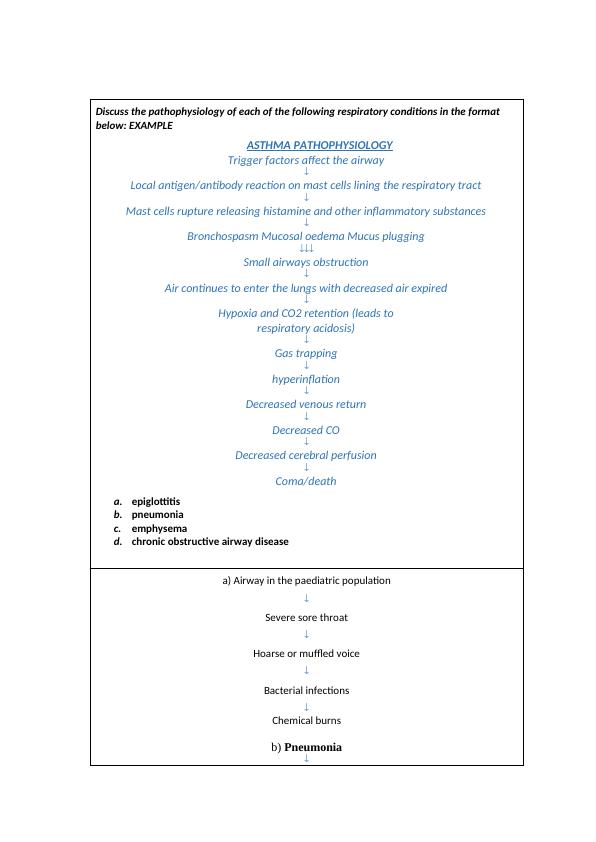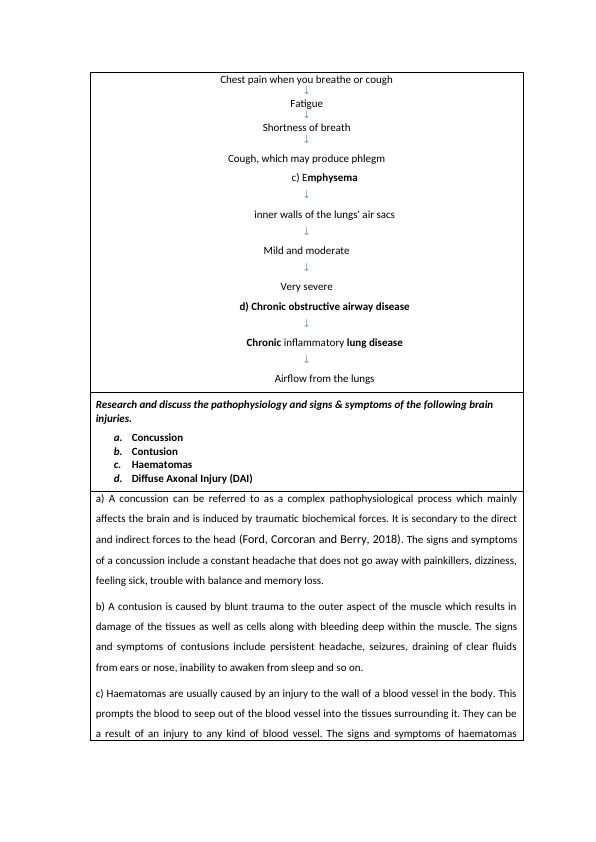Pathophysiology of Respiratory Conditions
Added on 2023-01-03
10 Pages2839 Words74 Views
End of preview
Want to access all the pages? Upload your documents or become a member.
Medical and Surgical Conditions
|1
|7328
|209
Medical and Surgical Conditions
|1
|7328
|223
Medical and Surgical Conditions
|1
|7328
|330
Medical and Surgical Conditions
|1
|7328
|132
Medical and Surgical Conditions
|1
|7328
|498
Medical and Surgical Conditions
|1
|7328
|168



